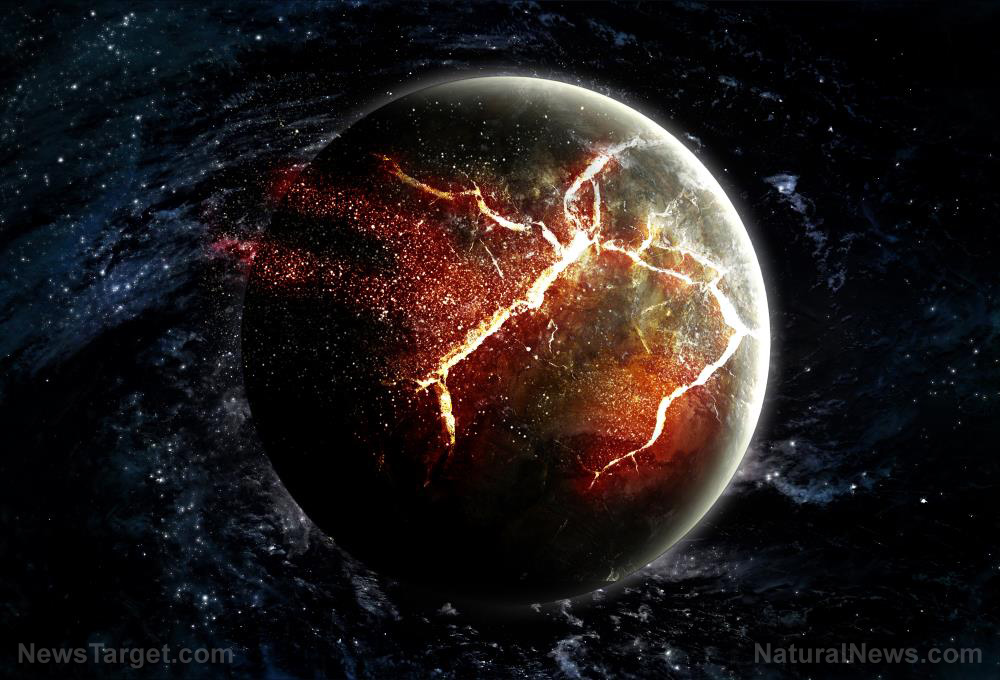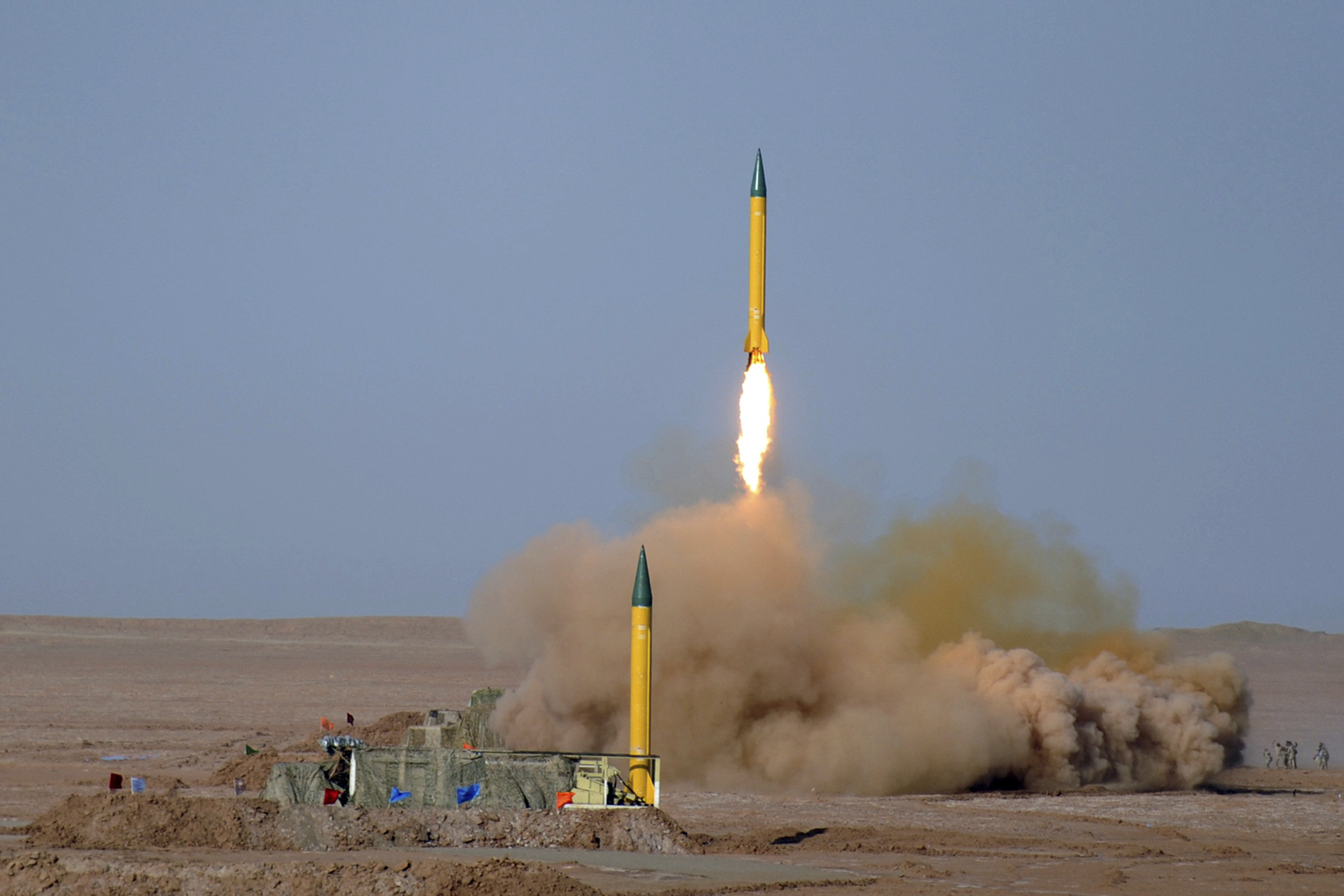
Two major events in the history of Earth
Oxygen levels in the Earth's atmosphere increased dramatically around 2.5 billion years ago. Called the Great Oxidation Event (GOE), this has been attributed to cyanobacteria, which produce waste oxygen through photosynthesis. Though these organisms had been around up to half a billion years before the GOE, their numbers wouldn't grow exponentially until the time leading up to the event. In their study, the researchers tried to piece together the GOE, the explosion in cyanobacteria and another phenomenon called the Lomagundi Event. Occurring around 100 million years after the GOE, Lomagundi saw a drastic change in the ratio of carbon isotopes in carbonate minerals. The isotope carbon-13 makes up one in a hundred carbon atoms, while carbon-12 makes up the other 99. This 1-to-99 ratio is well documented in carbonates that formed before and after Lomagundi. However, the carbonates that formed during the event have about 10 percent more carbon-13. Eguchi said that the explosion in cyanobacteria associated with the GOE has been viewed as playing a role in Lomagundi. He explained that because cyanobacteria preferred carbon-12 over carbon-13, the reservoir from which the carbonates were being produced would have been depleted of carbon-12. But timing was a problem. "When you actually look at the geologic record, the increase in the carbon-13-to-carbon-12 ratio actually occurs up to 10s of millions of years after oxygen rose," Eguchi said. "So then it becomes difficult to explain these two events through a change in the ratio of organic carbon to carbonate."Tying up the Great Oxidation Event and Lomagundi
The researchers came up with an elaborate scenario connecting these two events while addressing the lapses in timing. A significant rise in tectonic activity opened up the Earth to hundreds of new volcanoes that expelled large amounts of carbon dioxide into the atmosphere. This, in turn, warmed the climate and increased rainfall, leading to increased weathering (the chemical breakdown of rocky minerals). Weathering produced a nutrient-rich runoff that wound up in the oceans, hence supporting a boom in cyanobacteria and carbonates. The organic (cyanobacteria) and inorganic carbon (hosted in carbonates) from these ended up on the seafloor and eventually got recycled back into the Earth's mantle at subduction zones – regions where oceanic plates sink into the mantle beneath continental plates. Inorganic carbon tended to be released back into the surface via arc volcanoes earlier than organic carbon. The latter, which contained very little carbon-13, was drawn deep into the mantle and emerged only after hundreds of millions of years in the form of carbon dioxide. Eguchi noted that while the number of cyanobacteria did rise, it was balanced by an increase in carbonates. As such, the ratio wouldn't change until the early release of inorganic carbon back into the surface. "Lomagundi starts when the first carbon-13-enriched carbon from carbonates returns to the surface, and it ends when the carbon-12-enriched organic carbon returns much later, rebalancing the ratio," Eguchi said. Overall, the study highlights the role of deep Earth processes in the evolution of life at the surface. "We're proposing that carbon dioxide emissions were very important to this proliferation of life," Eguchi said. "It's really trying to tie in how these deeper processes have affected surface life on our planet in the past." Learn more about the natural processes that spurred life on Earth at Ecology.news. Sources include: ScienceDaily.com ScientificAmerican.comIndian hospitals are running out of oxygen that’s needed to keep coronavirus patients alive
By Arsenio Toledo // Share
Actual climate observations disagree with “official” climate models, warns former NASA scientist
By Divina Ramirez // Share
Cut back on refined carbs to overcome insomnia
By Brocky Wilson // Share
Beyond hardwood: Teak leaves offer anti-inflammatory and antiparasitic benefits
By Evangelyn Rodriguez // Share
New blood filtering system claims to use magnetic nanoparticles to remove pathogens
By Virgilio Marin // Share
Iran conducts surprise missile drills amid rising tensions with Israel
By kevinhughes // Share
Kremlin denies reports of plans to "restore Soviet influence"
By bellecarter // Share
How AI news bots are quietly reshaping public opinion
By avagrace // Share
The Unshackled Physician: A surgeon's awakening to medical tyranny
By ramontomeydw // Share











